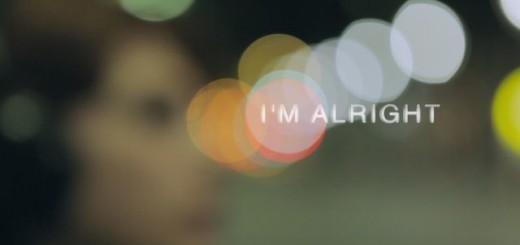“The Cinema Craze” as seen in the UK circa 1917
The New Age was a weekly British magazine that covered modernist topics in the arts and society, most active in the years 1907-1922. It featured several notable contributors during that time, among them George Bernard Shaw, whose financial backing in 1907 allowed it to become one of the premier British philosophical forums of the day.
The archive of back issues has been preserved by The Modernist Journals Project, a joint venture between Brown University and The University of Tulsa. Reading through them you soon discover a treasure trove of topics which now and then seem relevant to today. Tonight, thanks to a pointer from Mentalfloss, I came across this wonderful piece dealing with the new art form called cinema and education.
In a letter to the editors in the Volume XX, No. 19 edition of 8 March 1917, one concerned reader named J. C. Wright wrote on The Cinema Craze.
It is more than a passing craze; it has entered the warp and woof of everyday life, and cannot be ignored. Nor is it confined to the working classes; all ranks of society are under its spell. The sense of sight is temporarily satisfied with a series of pictures that have the semblance of real life to the ordinary observer.
After criticism of film on artistic grounds (lack of live actors and lack of the actors’ voice – recall that films were still silent at this point), Wright goes on to make the case for educational use but with the following caveat.
Now, students of child-life know that the mere massing of knowledge without assimilating it is not merely useless but distinctly harmful to a child. The process of thought must proceed on natural and not artificial lines. It is true moving pictures arrest the attention, but thought is difficult or impossible. By one sense alone – that of sight – the mind is for the time being employed, and the rapidity of motion produces a confusion of ideas. As every teacher is aware, education can only be received in a limited quantity at one time, and by associating an object with something that is known. The mere gazing at an infinite number of pictures in rapid succession must produce perplexity. There cannot be any real assimilation of the food thus provided. The brain becomes fagged, and unable to receive influences of a really educational nature, and, in fact, becomes demoralised.
In light of a century of cognitive neuroscience and childhood development that has taken place since that writing, I find it a highly prescient statement. Assimilation must accompany knowledge; That is something we seem to be struggling with even to this day. The second point – that only so much can be learned within a short time period before the brain becomes fatigued – is equally profound. Over-stimulation is a situation many parents and teachers are struggling with these days especially as more and more technological gadgets demand focus.
The editorial piece then takes a bizarre turn, in my opinion. It goes on to steer the topic onto the lackluster censorship body of the day in an attempt to press them into doing due diligence in making sure moral standards in cinema are more strongly upheld. Apparently nothing was being done to ensure such young, fragile minds were not being corrupted. As Wright professed, “we are forced to the conclusion that the cinema is one of the gravest dangers in the educational world at the present time.”
A century later I do not agree with that conclusion. What do you think?



Recent Comments